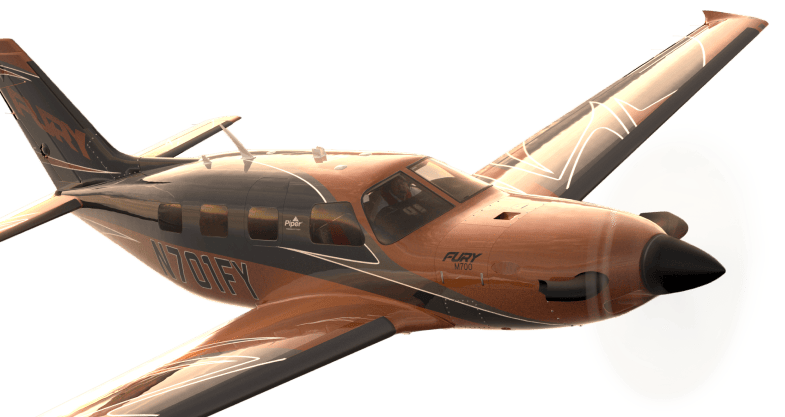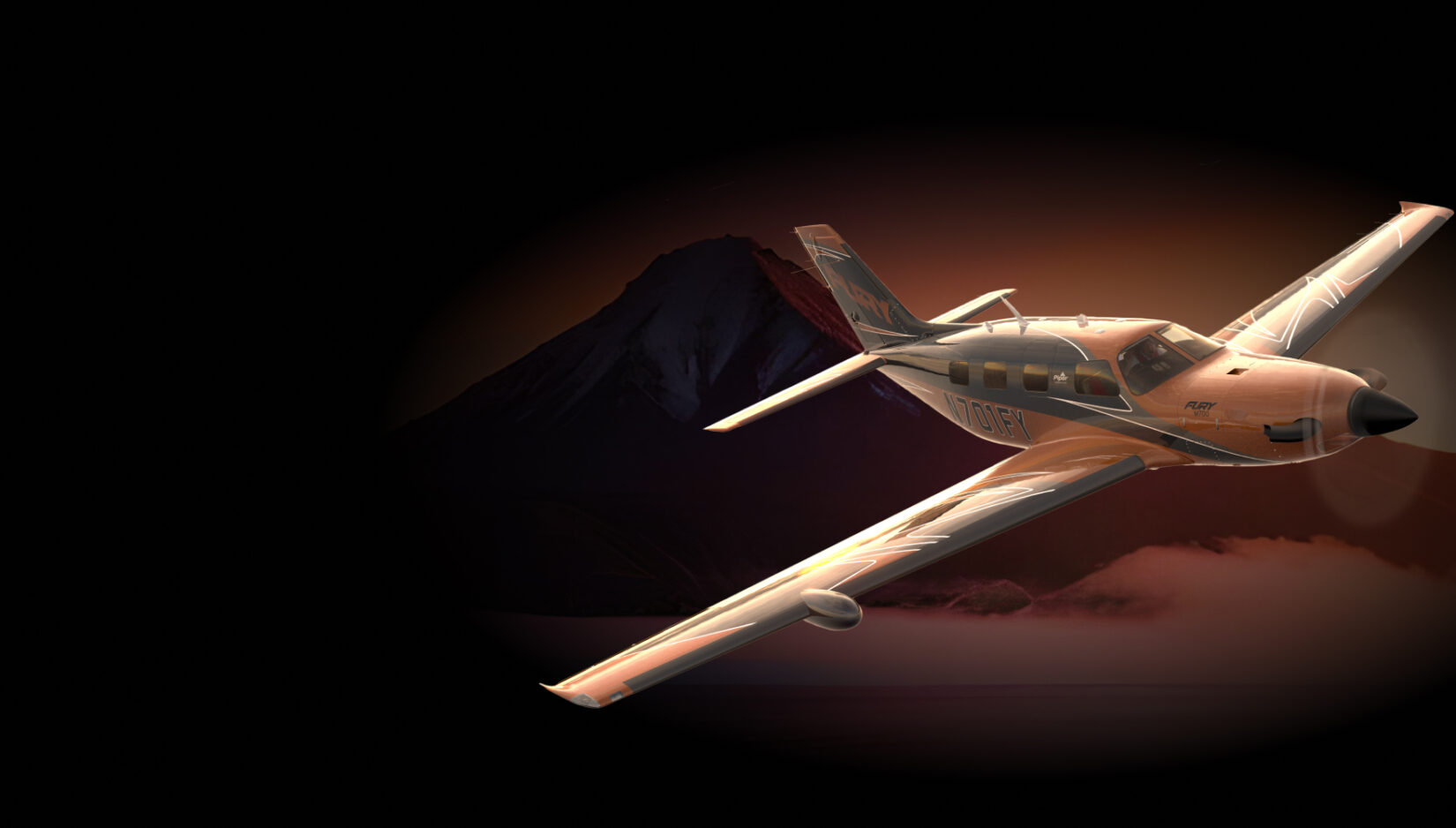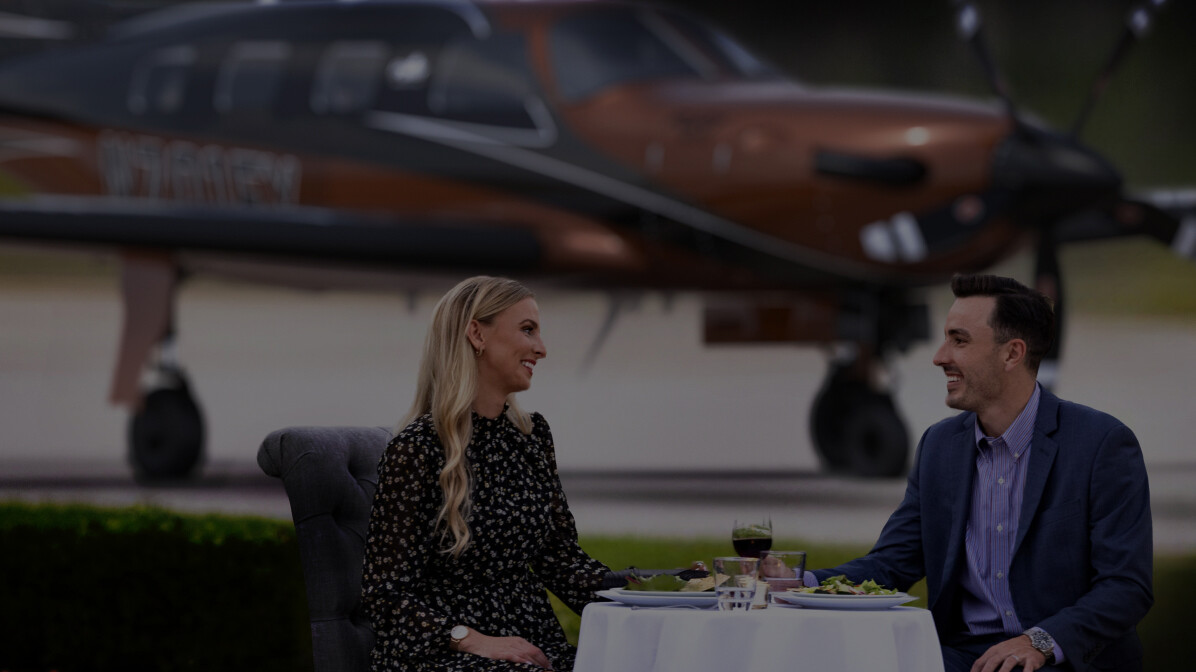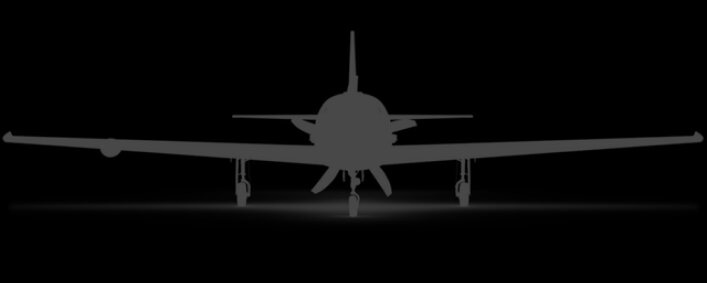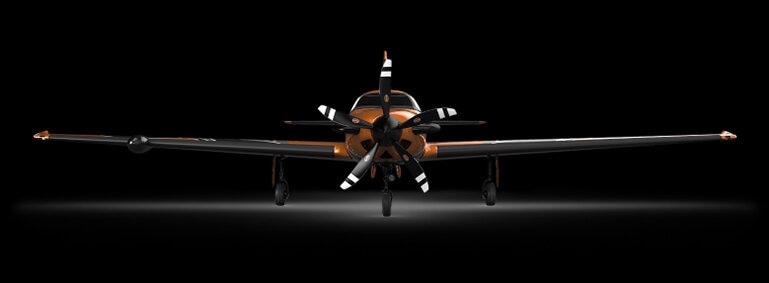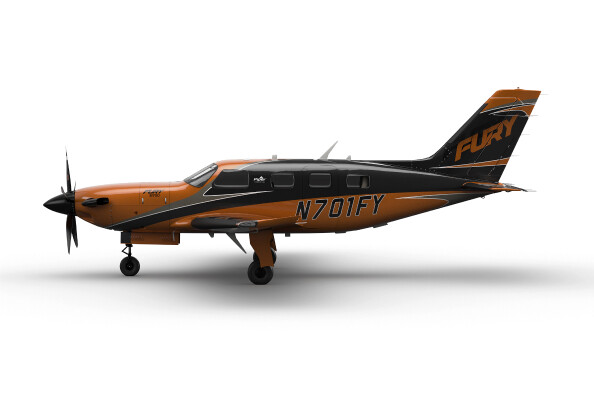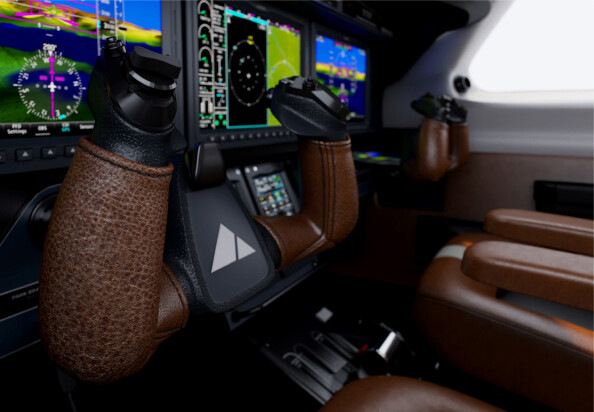Harness the Power of Safety and Performance with the M700 Fury
- Pratt and Whitney PT6A-52 Engine
- HALO Safety System
- Garmin’s Autoland Technology
- Garmin PlaneSync Technology
- Pratt and Whitney PT6A-52 Engine
- HALO Safety System
- Garmin’s Autoland Technology
- Garmin PlaneSync Technology
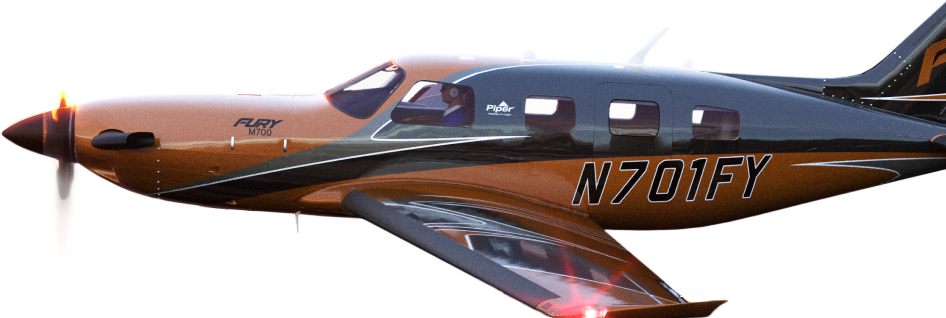
The Art of M700 Fury's Design
Make your M700 Fury's exterior reflect your unique style through handcrafted customization options and exclusive paint schemes. You can choose bold colors or opt for understated elegance — our dedicated paint team will bring your vision to life.
Inside, the M700 Fury is style and innovation defined with the EXP package. Select from various interior palettes, customize specific design elements like stitching and embroidery, and choose from premium leathers in solid or two-tone schemes. Enhanced veneer and trim options add to this aircraft's refined feel.
Design Your Dream M700 Fury
*Full customization may incur additional fees.*

Fly With Confidence and the Backup of Legendary Piper Support
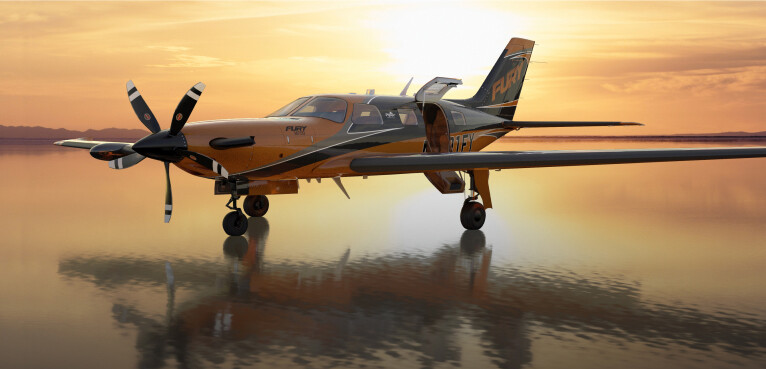
Comprehensive Service Network
With a vast network of over 90 authorized service centers worldwide, we ensure that Piper Fury owners have easy access to exceptional maintenance and support wherever they fly.
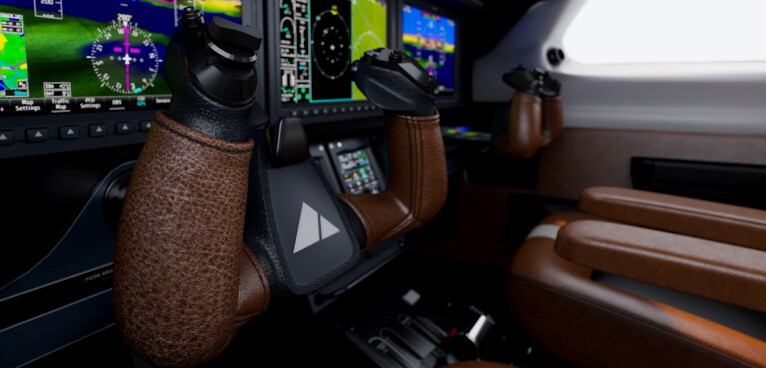
Advanced Technical Resources
We provide access to extensive technical publications and parts. Piper Fury owners benefit from this resource pool, ensuring that you have all the information and components necessary for optimal aircraft performance.

Dedicated Customer Care
Our commitment to customer satisfaction extends beyond the point of sale. With a robust warranty program and personalized assistance, Piper Fury owners receive the highest level of care and support.
